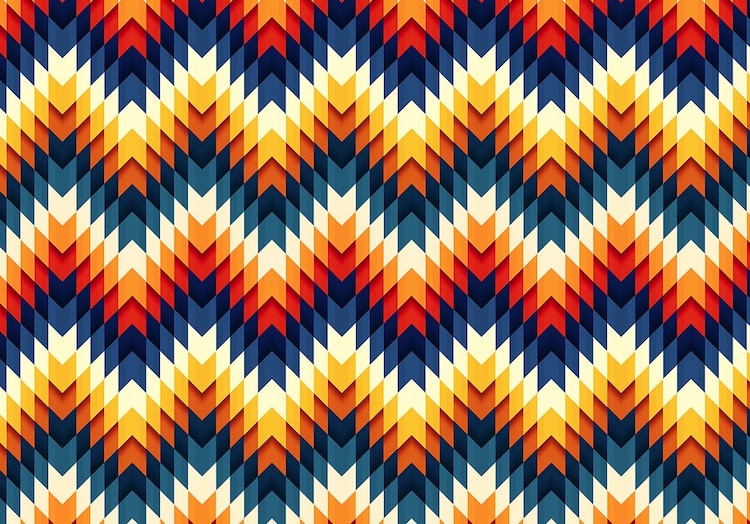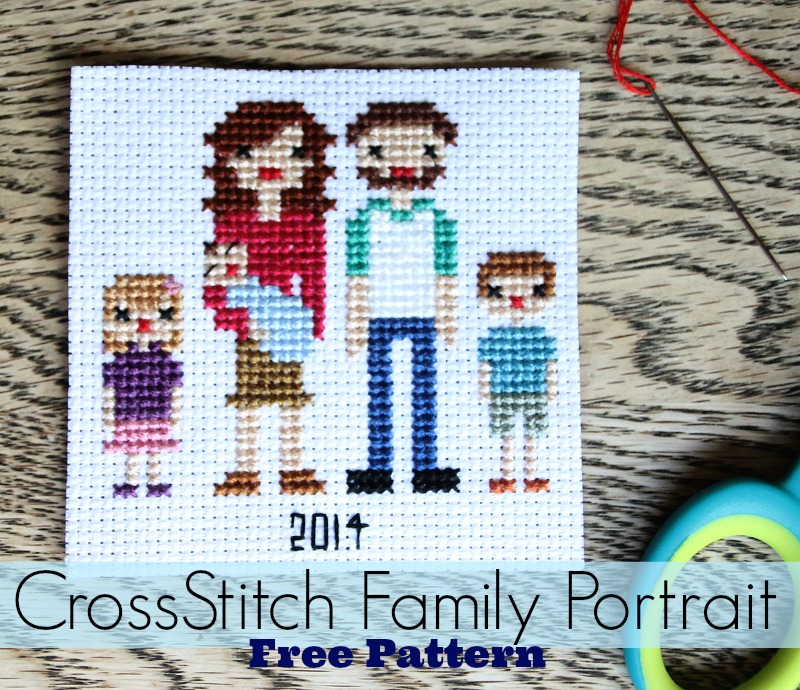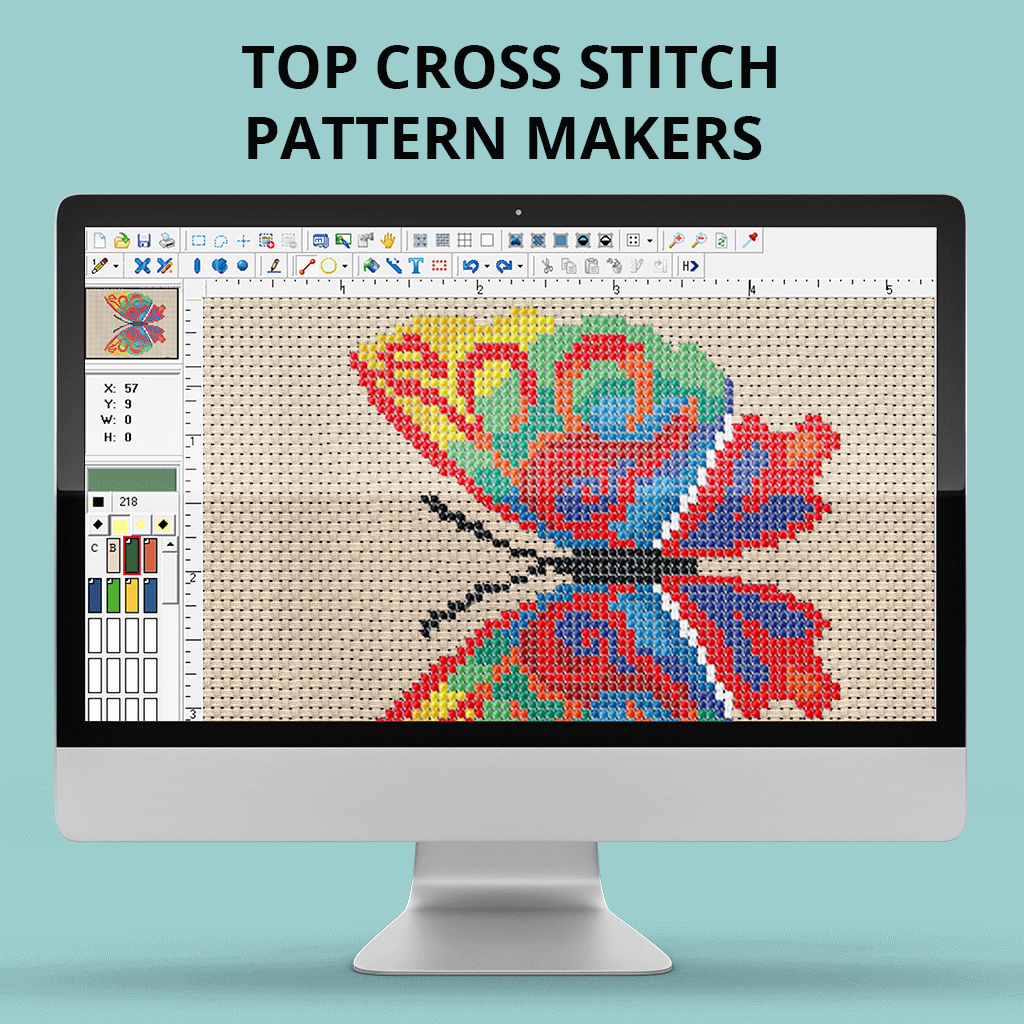

Back Stitches are usually marked on the chart by a thick or colorful outline. You should always make sure your work slants in the same direction for the finished work to look good.īack Stitch is a row of straight stitches, made with a single embroidery thread. This stitch is literally half a cross stitch, (up through 1, down through 2, etc.) as shown at left. Some designs have areas that are worked in half-cross stitch, usually the background.
#Cross stitch graph maker full#
Using both methods of making full cross stitch is fine wherever they are appropriate. At some points, it may be necessary to work single full stitches, in areas that require only one cross stitch square. Always make sure your X's slant in the same direction.

To work a row of cross stitches: work across the fabric from bottom left to upper right corners, and then back to complete the row of full crosses. The quickest, easiest way is to work rows of full stitches. To make a single cross stitch: bring the needle up through hole 1, down through hole 2, the up through hole 3, and finally down through hole 4. Turn your work over and thread your needle through the loop.

This should make a long tail with a “loop” on the end. Bring your needle up from the back, and down through the front of the fabric to complete the first half of your ‘X’. Fold the floss in half, and thread the 2 loose ends through the eye of your needle. Separate 1 strand of floss, twice as long as you normally use. Use one of the following methods to start your stitching:īring the needle up through the fabric, leaving about 1/2" (2cm) of thread on the reverse side, and work over this with your first few stitches to secure it. To begin, cut about 18" of embroidery floss, and pull out the required number of threads (usually 2) one at a time- and thread your needle.


 0 kommentar(er)
0 kommentar(er)
